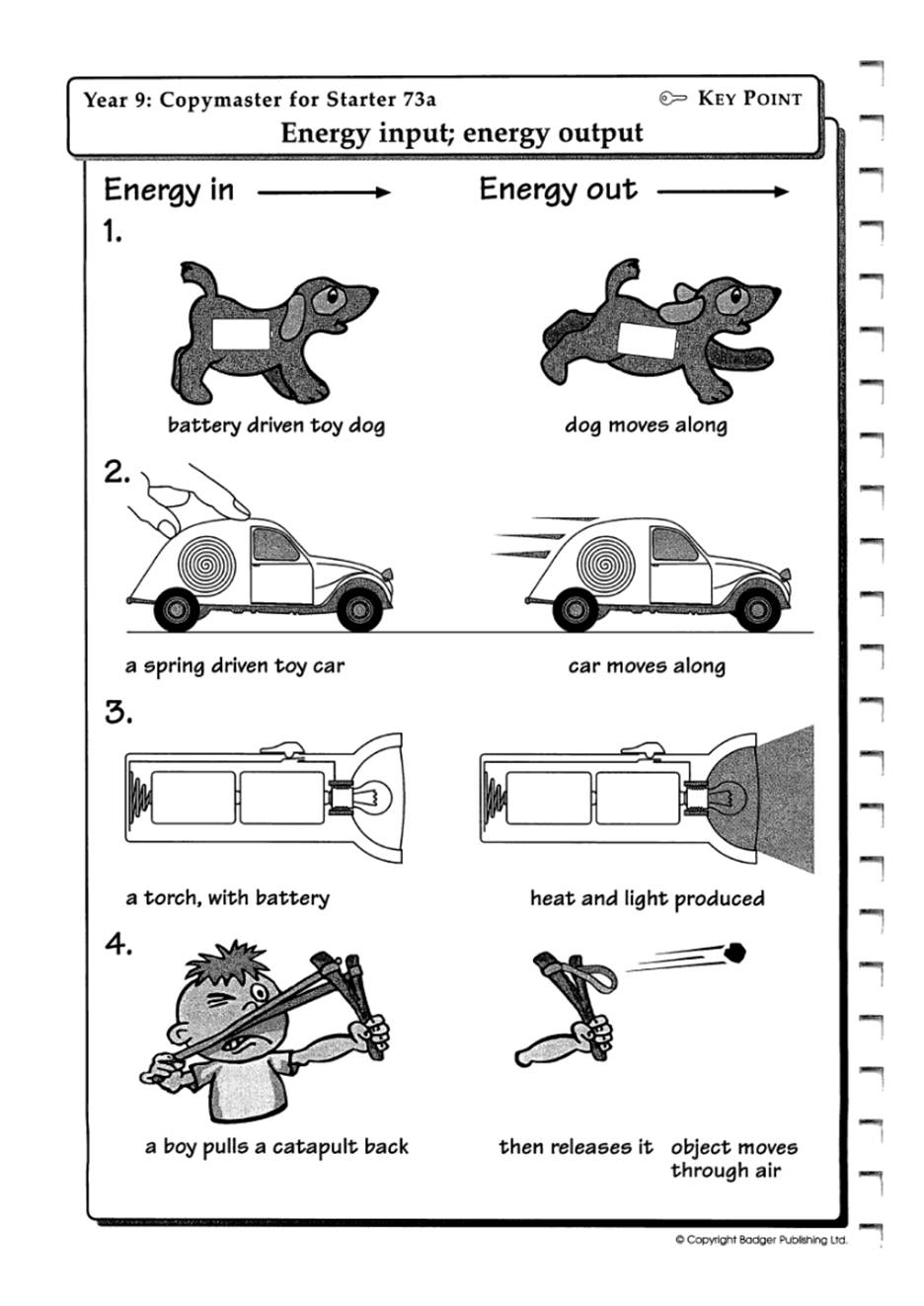Unlocking Reaction Secrets Potential Energy Diagrams Decoded
Imagine a world where you could predict the outcome of chemical reactions before they even happen. Potential energy diagrams, often explored through interactive worksheets, offer just that kind of predictive power. These visual representations map the energy changes throughout a reaction, providing crucial insights into reaction mechanisms, activation energies, and overall energy landscapes.
Potential energy diagrams act as a roadmap for chemical reactions. They illustrate the energy changes as reactants transform into products. By charting the energy levels at different stages, these diagrams unveil the energy barriers that must be overcome for a reaction to proceed. This barrier is known as the activation energy, a crucial factor in determining reaction rates.
The concept of potential energy diagrams is rooted in thermodynamics and chemical kinetics. Early chemists realized the importance of energy changes in chemical processes and developed graphical representations to visualize these changes. These diagrams evolved over time, incorporating factors like reaction coordinates and transition states, ultimately leading to the sophisticated tools used today in chemistry education and research.
Understanding potential energy diagrams is fundamental to grasping the complexities of chemical reactions. These diagrams are indispensable tools for chemists, researchers, and students alike, enabling them to predict reaction outcomes, design efficient catalysts, and optimize reaction conditions. However, interpreting these diagrams can be challenging, requiring a solid understanding of chemical principles.
Potential energy diagram worksheets provide a structured approach to learning and mastering these diagrams. They offer a variety of exercises, from identifying reactants and products to calculating activation energies and determining reaction mechanisms. These worksheets serve as a practical training ground, allowing learners to apply theoretical concepts and hone their interpretive skills.
A potential energy diagram plots the potential energy of a chemical system as a function of the reaction coordinate, which represents the progress of the reaction from reactants to products. The diagram typically features a curve that shows the energy changes as the reaction progresses. The highest point on this curve represents the transition state, a highly unstable intermediate species.
For example, consider the reaction of hydrogen and oxygen to form water. The potential energy diagram for this reaction shows an initial energy level corresponding to the reactants (hydrogen and oxygen). The energy then increases as the reaction proceeds, reaching a peak at the transition state, and finally decreasing to a lower energy level corresponding to the product (water).
One benefit of using these diagrams is their ability to predict reaction spontaneity. Reactions with a negative change in Gibbs free energy (ΔG), as indicated by a lower product energy level compared to the reactant energy level, are spontaneous. Another benefit is the visualization of activation energy, which allows for a better understanding of reaction rates. Finally, the diagrams help in understanding reaction mechanisms by showing the intermediate steps involved.
An action plan for mastering potential energy diagrams involves consistent practice with worksheets. Start with simple reactions and gradually progress to more complex ones. Focus on identifying key features like reactants, products, transition states, and activation energies. Supplement your learning with textbooks, online resources, and educational apps.
Advantages and Disadvantages of Potential Energy Diagrams
| Advantages | Disadvantages |
|---|---|
| Visualizes energy changes during a reaction | Can be complex for multi-step reactions |
| Predicts reaction spontaneity | Simplified representation, doesn't show all details |
| Illustrates activation energy and reaction rates | Requires understanding of underlying chemical concepts |
Best practices for using potential energy diagrams include clearly labeling all axes and important points on the diagram, including units. Ensure the diagram accurately reflects the reaction mechanism and energy changes involved. Use different colors or line styles to distinguish between different reaction pathways. Practice interpreting diagrams with a variety of examples, and always verify your understanding with reliable resources.
Frequently asked questions about potential energy diagrams include: What does the peak on the diagram represent? (Transition state) What is activation energy? (Energy barrier for reaction) How does the diagram predict spontaneity? (By comparing reactant and product energy levels) These questions highlight common areas of confusion and reinforce key concepts.
Tips and tricks for interpreting diagrams include paying close attention to the relative energy levels of reactants and products, recognizing the significance of the transition state, and understanding the relationship between activation energy and reaction rate.
In conclusion, potential energy diagrams, often explored through interactive worksheets, are powerful tools for understanding chemical reactions. These visual representations provide valuable insights into reaction mechanisms, energy changes, and reaction rates. Mastering these diagrams unlocks a deeper understanding of chemical principles and empowers researchers, chemists, and students to predict and control chemical processes. By utilizing available resources, including worksheets, textbooks, and online tools, anyone can delve into the fascinating world of chemical energetics and unlock the secrets of chemical reactions. Continue exploring, practicing, and seeking knowledge to harness the full potential of these essential tools in chemistry.
Benjamin moore paint in melbourne fl a colorful exploration
Crafting a heartfelt farewell the emcees guide to teacher farewell speeches skrip pengacara majlis perpisahan guru
When magic meets tech the appeal of harry potter saves tony stark fanfiction














